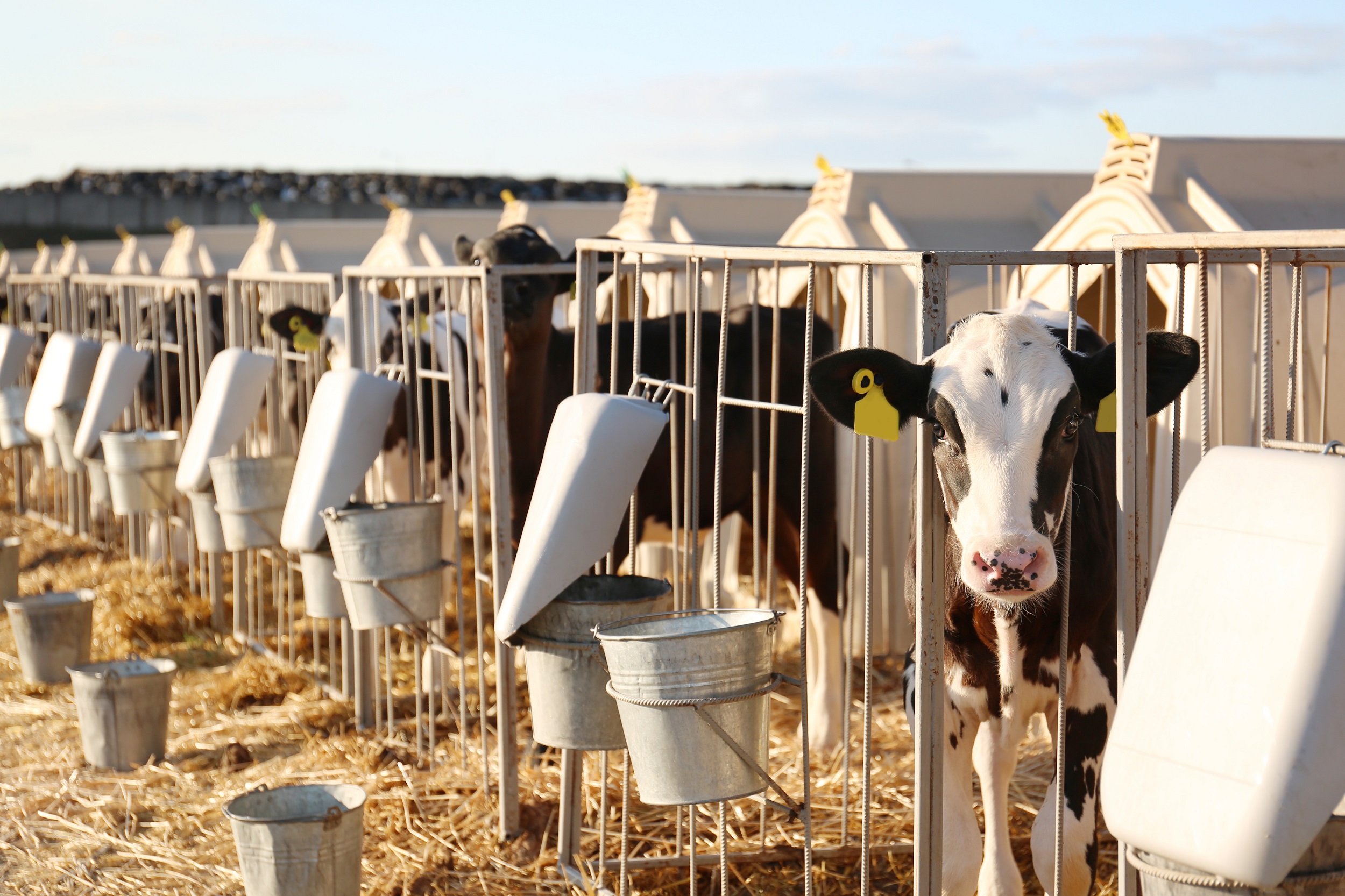
Introduction:
Summer poses unique challenges for dairy farmers, as high temperatures and humidity can significantly impact the health and productivity of dairy animals. Heat stress, reduced feed intake, and decreased milk production are common concerns during the warmer months. However, with proper management practices, farmers can mitigate these challenges and ensure the well-being of their dairy herd.
- Understanding Heat Stress:
Heat stress occurs when dairy animals are unable to regulate their body temperature effectively, leading to physiological and metabolic changes that can negatively impact their health and performance. Cows are particularly susceptible to heat stress due to their large body size, thick coats, and limited capacity for evaporative cooling.
As temperatures soar during the summer season, it becomes imperative for dairy farmers to implement optimal management practices to safeguard the health, comfort, and productivity of their animals. Heat stress poses significant challenges for dairy cows, resulting in decreased feed intake, lowered milk production, and heightened susceptibility to health issues. Implementing effective summer management strategies is pivotal in ensuring the overall well-being and performance of dairy animals.
Some managemental strategies include: –
1. Heat Abatement:
Effective heat abatement measures are indispensable for mitigating the adverse effects of high temperatures on dairy animals. Providing ample access to shade, whether through natural foliage or artificial structures like shades or barns, is essential. Adequate ventilation in barns or shelters facilitates air circulation, thus reducing heat buildup. Installing fans or misting systems further aids in cooling the animals and alleviating heat stress.
2. Water Management:
Maintaining proper hydration levels is paramount for dairy animals during hot weather. Ensuring a consistent supply of clean, cool water is available at all times is crucial. Regular monitoring of water sources prevents contamination or algae growth, which could deter animals from drinking. Installing additional water troughs or automatic waterers accommodates the increased water intake required during summer. Placing water sources near shaded areas and feed sources encourages water consumption.
3. Nutrition:
Adapting the nutritional management of dairy animals during summer is vital to support their heightened energy requirements and sustain productivity. Offering high-quality forages such as fresh pasture, alfalfa, or grass hay supplements the diet effectively. Feeding smaller, more frequent meals aids in reducing heat production during digestion. While supplemental feed may be necessary to meet energy demands, caution must be exercised to prevent digestive issues stemming from overfeeding.
4. Fly Control:
The presence of flies and other pests during summer can induce irritation and stress among dairy animals. Implementing robust fly control measures is imperative for maintaining animal comfort and curbing disease transmission. Employing fly traps, predators, or insecticides reduces fly populations around barns and pastures. Regular manure management, including proper storage and removal, helps diminish fly breeding sites.
5. Grazing Management:
For dairy operations employing pasture grazing, meticulous grazing management is essential during summer. Regular pasture rotation prevents overgrazing and allows for grass rest and regrowth. Avoiding grazing animals during the hottest times of the day and ensuring access to shaded areas or shelter is crucial. Supplementing pasture with stored forages or concentrates guarantees adequate nutrition during periods of diminished pasture quality.
6. Hoof and Skin Care:
The heightened exposure to moisture and muddy conditions during summer can predispose dairy animals to hoof and skin issues. Implementing routine hoof trimming and maintenance prevents ailments such as hoof rot or abscesses. Providing clean, dry bedding minimizes the risk of skin infections or dermatitis. Utilizing fly repellents or topical treatments safeguards against insect bites and skin irritation.
7. Monitoring and Health Management:
Regular monitoring of dairy animals’ health and behaviour during summer is indispensable for early detection of heat stress or other health concerns. Scheduled veterinary check-ups and vaccinations prevent disease outbreaks and uphold herd health. Implementing a heat stress management plan, inclusive of monitoring body temperature and respiratory rate, facilitates the prompt identification and mitigation of heat stress in individual animals.
- Conclusion:
Effective summer management practices are essential for maintaining the health, comfort, and productivity of dairy animals during the warmer months. By providing adequate shade, optimizing ventilation, ensuring access to fresh water, adjusting feeding practices, implementing cooling systems, monitoring health and behaviour, managing grazing and pasture, and controlling insect pests, farmers can mitigate the effects of heat stress and promote optimal performance in their dairy herd. Through proactive management and attention to detail, dairy farmers can ensure the well-being of their animals and sustain a successful dairy operation year-round. Top of Form
Successful summer management of dairy animals necessitates meticulous planning, attention to detail, and proactive measures to mitigate the challenges posed by hot weather. By implementing comprehensive measures encompassing heat abatement, water management, nutrition, and pest control, dairy farmers can ensure the health, welfare, and productivity of their animals while fostering long-term sustainability and success in their operations. Summer management practices are vital resources for dairy farmers striving to optimize their operations amidst challenging seasonal conditions.
References
- Grandin, T. (1997). Assessment of stress during handling and transport. Journal of Animal Science, 75(1), 249-257.
- Hillman, P. E., & Rogers, G. W. (2018). Impact of heat stress on lactating dairy cows. Animal Frontiers, 8(2), 32-38.
- West, J. W. (2003). Effects of heat-stress on production in dairy cattle. Journal of Dairy Science, 86(6), 2131-2144.
- Dairy Farmers of America. Managing Heat Stress in Dairy Cows. Retrieved from https://www.dfamilk.com/farm-life/managing-heat-stress-dairy-cows
- National Dairy Council. Managing Heat Stress in Dairy Cows. Retrieved from https://www.usdairy.com/news-articles/managing-heat-stress-in-dairy-cows
- Collier, R. J., & Collier, J. L. (2016). Environmental Physiology of Livestock. Wiley-Blackwell.
- Hahn, G. L. (1999). Environmental Influences on Livestock: How Animals Respond to Climate and Environmental Changes. CRC Press.
Simran jeet Singh1, Aditya Kumar2, and Jagriti Upreti3
1PG Scholar, Department of Veterinary Medicine
2PhD Scholar, Department of Veterinary Medicine
3BVSc & Ah Scholar
College of Veterinary and Animal Sciences, GB Pant University of Agriculture and Technology, Pantnagar, Udhamsingh Nagar, Uttarakhand- 263145

















